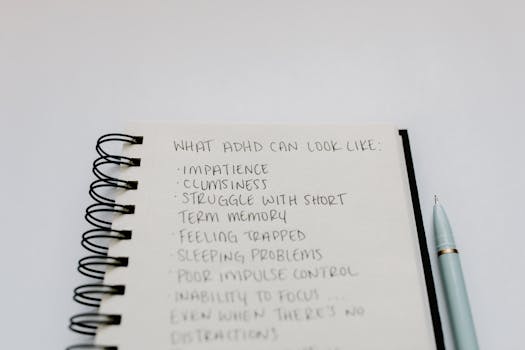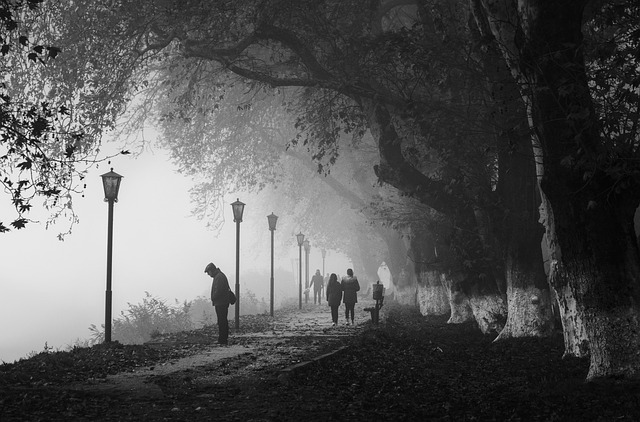We are here to love one another more fully and push each other to grow. So, rather than avoiding, blaming, or rushing to make the tension go away, we benefit most to embrace our times of challenge. Turn within. Practice self-knowledge. Examine how your partner’s grievances or behavior might be bringing to the surface the very issue you know is yours to heal and overcome. Learning tools and skills for creating what I like to call healing conversations is one way to make the most of your times of struggle.
Falling in Love
When we are falling in love, chemicals associated with the reward circuit flood our brain, producing a variety of physical and emotional responses—racing hearts, sweaty palms, flushed cheeks, feelings of passion and anxiety. Levels of the stress hormone cortisol increase during the initial phase of romantic love, marshaling our bodies to cope with the “crisis” at hand.
Love Deactivates
In addition to the positive feelings romance brings, love also deactivates the neural pathway responsible for negative emotions, such as fear and social judgment. These positive and negative feelings involve two neurological pathways. The one linked with positive emotions connects the prefrontal cortex to the nucleus accumbens, while the other, which is linked with negative emotions, connects the nucleus accumbens to the amygdala. When we are engaged in romantic love, the neural machinery responsible for making critical assessments of other people, including assessments of those with whom we are romantically involved, shuts down. “That’s the neural basis for the ancient wisdom ‘love is blind’.”


